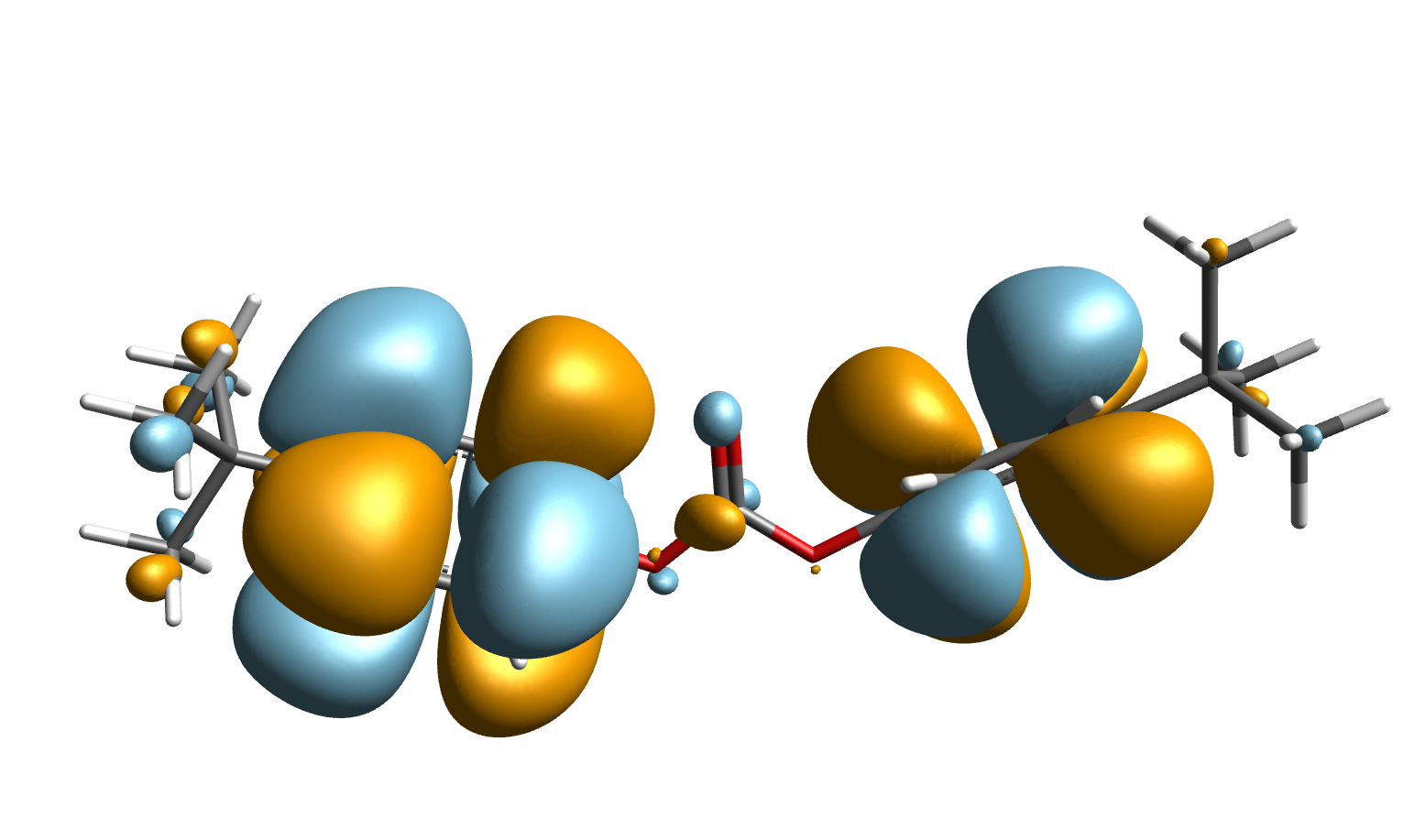
Leverage easy-to-use apps to reliably predict material properties. Seamlessly switch from atomic to coarse-grained molecular representations. Better understand reactivity. And much more. With the new release of Simcenter Culgi 2211, computational chemists, chemical engineers, and researchers across industries can leverage exciting new features and enhancements to go faster setting up and running simulations across all chemistry and molecular dynamics length and timescales. The new release allows material scientists to explore the possibilities of even the most complex chemical systems to come up with novel materials and easily and reliably predict material properties.
New enhancements in Simcenter Culgi are aimed at helping you:
Learn how to use Support Center

Model the complexity
Leverage easy-to-use calculation and simulation apps to reliably predict material properties
Reliably predicting material properties with the help of Computational Chemistry is of critical importance in the Research & Development of many industries including the energy & utilities, consumer products & retail, medical, and pharmaceutical industries. Likewise, quickly, and accurately obtaining fluid properties with basic chemical knowledge becomes increasingly important for other simulation and engineering disciplines, like system simulation or Computational Fluid Dynamics.
With Simcenter Culgi 2211 we introduce dedicated calculation and simulation tools to perform such material property calculations quickly and reliably. Be productive immediately with dedicated simulation tools tailored to industry specific applications or the prediction of specific material properties. With tailored frontends directly embedded into the Culgi user interface and a back-end incorporating simulation best practices, like e.g. solver settings, etc. you can now leverage Computational Chemistry simulations with ease. Designed as a transparent architecture built directly on Simcenter Culgi technology, expert users can easily adjust templated simulations.
List of apps available in Simcenter Culgi 2211:
- Boiling point and vapor pressure
- Diffusion coefficient
- Heat of evaporation
- Interfacial tension
- Liquid-liquid phase diagram
- Mixing free energy
- Mobility and conductivity
- Partition coefficient
- Solubility parameters
- Solvation free energy
- Vapor-liquid phase diagram
- Zero shear viscosity

Go faster
Automatically run simulations at the required level of detail with fully integrated automated parametrization and fragmentation (AFP)
Many industrial applications happen at the microns length scale and milliseconds timescale, and yet they heavily depend on the chemical and molecular processes at smaller sales. Therefore, it is of critical importance to bridge insights and predictions from computational chemistry to the continuum scale.
Simcenter Culgi has been built around the idea of seamlessly switching between the right simulation method to capture the chemistry and molecular dynamics from quantum mechanics up to the mesoscale and ultimately bridge the gap to continuum descriptions.
With the introduction of the fully integrated automated parametrization and fragmentation (AFP) method in Simcenter Culgi 2211, we take multiscale modeling to the next level. Thanks to the automatic switching of methods you can now run your computational chemistry simulations at the required level of detail without worrying about the appropriate level of length and time scales. Generally applicable for any given application, Simcenter Culgi 2211 will automatically go to a larger length and timescale where the relevant things happen. This will save you significant simulation time while ensuring accurate results without the risk of missing out on critical details.

Explore the possibilities
Gain detailed insights into reactivity with integrated orbital visualization for electronic structure characterization
For many industrial applications and in the quest for novel materials and products chemists and material scientists need to understand and leverage the reactivity of molecules. Whether it is the mitigation of off-flavors resulting from undesired oxidation reactions of a product ingredient in the food and beverage industry or the optimization of detergent ingredients for better performance and sustainability, an in-depth understanding of the reactivity of molecules is critical.
Simcenter Culgi 2211 enables you to understand the reactivity stemming from Quantum Mechanics simulations of a given molecule by visualizing the electronic orbital structure in 3-dimensional space.
Fully embedded into the Simcenter Culgi interface this spacial displaying functionality enables you to identify the highest occupied and lowest unoccupied orbitals with ease, and hence understand quickly what part of the molecule will react. The functionality complements existing Infrared calculation visualization to gain detailed insights and further explore the possibilities of novel materials.
More new features and enhancements
Automatically generated SMILES bead names after fragmentation of atomistically detailed molecules
The mapping of atomic fragments to coarse-grained beads now also makes it possible to describe the beads as SMILES strings. The SMILES notation is a powerful way to capture the chemistry of molecules in a string. With this option, the user can directly understand how the molecule is fragmented and at the same time keep track of the underlying chemistry and topology when running coarse-grained simulations.
More flexibility with the Siemens Advanced Licensing Technology (SALT)
With the move to Siemens Advanced Licensing Technology (SALT) the customer has now a more flexible way of working with the software. In particular, the floating license option alleviates the need for the license to be tied to a single user, instead, it allows multiple users to access the same license.


